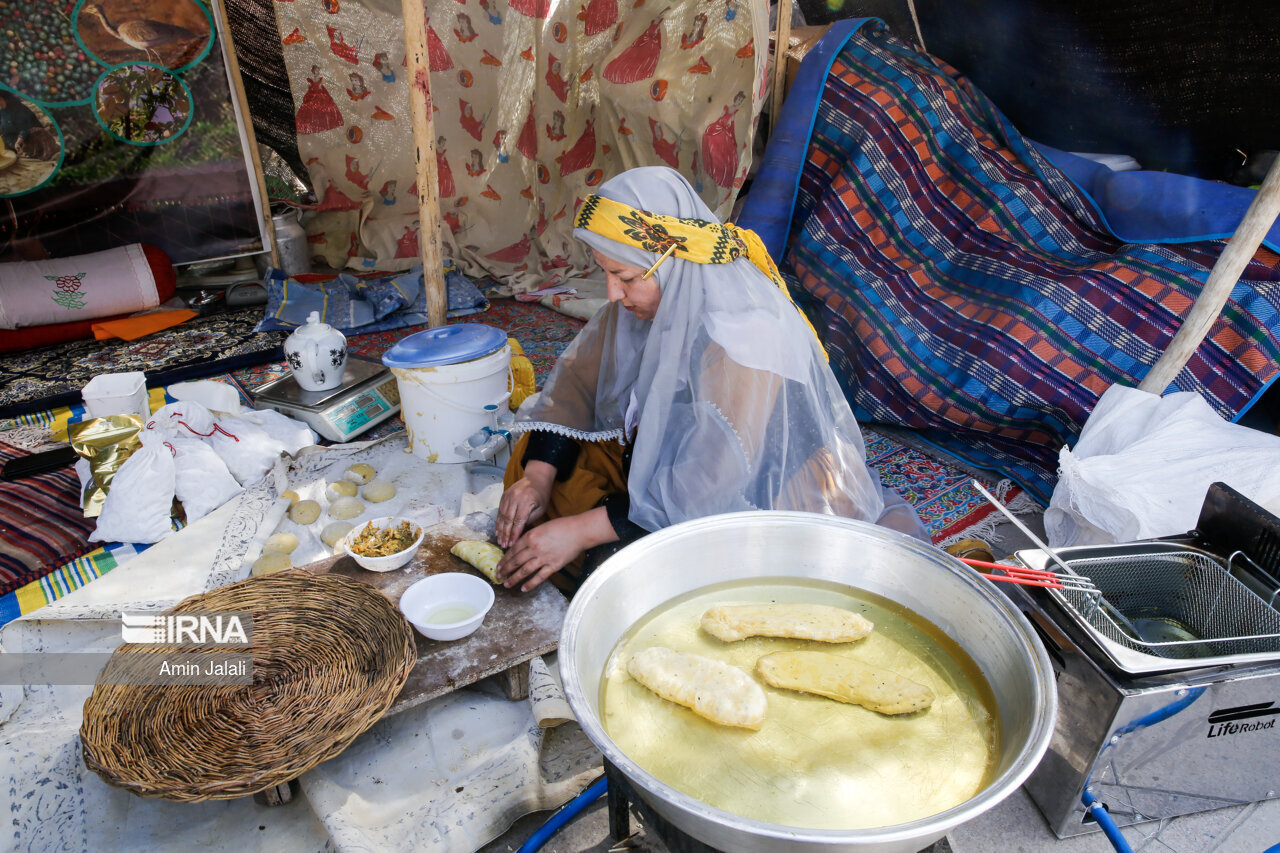Lots of attention to rural development

TEHRAN- Villagers and nomads play a vital role in the political, economic, and social developments of Iran. So, October 7 was declared in 2013 as the National Day of Village and Nomads.
Despite their low population, they have a great contribution to all-out national development.
Although oil, industry, and service sectors hold a significant share of the national economy, the rural and nomadic economy is considered an inexhaustible source for the nation, compared to exhaustible natural resources.
Living far from pollution and current problems of cities and being less dependent on oil resources, they play a critical role in sustainable development.
Villagers and nomads take the lead in providing food, food security, and healthy food production.
They have a major role in the tourism and handicraft industry and they are sources of many cultures and traditions in the country playing an important role in ensuring the country's security, especially in borders and remote areas.
Some 25 percent of the country's population lives in villages, producing around 70 percent of food for the domestic market.
Currently, more than 90 percent of agricultural and food products are produced in villages. Some 25 percent of the country's meat products and 35 percent of handicrafts, as well as a major part of organic dairy products, including vegetable oil, milk, curd, and other materials, are produced by nomads.
In fact, the economy of the rural areas is not limited to agriculture; it includes various industries such as handicrafts, creative industries, clothing, processing industries, food, medicinal plants, carpentry, furniture, tourism, ecotourism, fisheries, carpets and rugs, and dried fruits.
Products of villagers and nomads are being presented in an exhibition named "Rusta Abad" (Developed Village), ISNA reported.
Major problems
Amir-Hossein Madani, the vice president for rural development, referred to education as one of the main reasons for migration from villages to cities.
In most villages, children have to go to the city to study in high schools.
Urban development is the second reason. Villages with more than 3,000 households will be known as cities that used to be villages and now have grown into cities.
The other issue is the people's livelihood. In fact, the inflation rate in the villages is higher than in the cities. Transportation is another problem.
Today nomads are facing difficult conditions due to drought and lack of sufficient water, pasture, and fodder for their livestock as one of the three main pillars of their lives.
Measures taken
During the past two years, about 800 trillion rials (some $160 million) have been invested in rural development, leading to the creation of around 670,000 jobs in villages and nomadic areas.
Some 30,000 construction projects have been implemented in rural areas within the last 2 years, which played an important role in persuading people to stay in their villages by increasing their incomes.
To find suitable product markets and cut out the middlemen, as one of the problems of villages, there has been a plan through which 500 markets for rural products in high traffic and tourist routes will be considered.
The plan will eliminate middlemen and deliver products with higher quality and more reasonable prices to consumers.
Also, there are 11,000 villages that have mines; out of 6,000 closed mines, 500 mines have been restored so far and 3,000 more rural units are expected to be restored with the help of the government.
So far, 6,000 aqueducts have been studied to be restored and provide water. We have started watershed management in 30 parts of the country with the help of volunteers, covering an area of one million hectares.
From the calendar year 1395 (March 2016-March 2017) to the year 1400 (March 2021-March 2022), some 450,000 people did return to the villages. In other words, they returned from the city to the village, and it has continued over the past two years since the administration took office.
Also, almost 900 bankrupt production units have been restored, and 5,700 economic units have been revived.
Various organizations including the National Development Fund, the Ima Khomeini Relief Committee, the Headquarters for Executing the Order of Imam, and the Housing Foundation have all provided loans with low rates to support villagers and nomads.
Leave a Comment